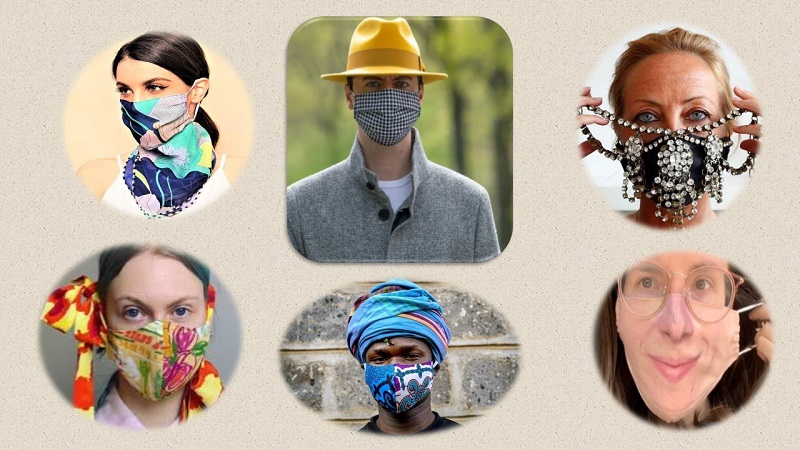By Natalie Taylor
Transforming one’s face seems to be a primal impulse, practiced throughout history by every culture on earth. Ancient people used mud, wood, bone, feathers, and later metals to transform their visages or simply applied pigments to become someone else. Makeup is arguably another form of disguise, as powerful as wearing a face cover.
The earliest, preserved masks are from the Middle East, dating back about 9,000 years. That does not mean that these were indeed the first, they are simply masks that survived the passage of time. We know that 60,000 years ago the Neanderthals prepared their dead and buried them. It’s quite possible that they performed some rituals, perhaps decorating their faces or using some type of mask. Those masks most likely were made of perishable materials—plants, leather, feathers—which have been lost to the archeological record.
Masks have been worn as disguise, in ceremonies, by actors in a performance, by members of a secret society, and as part of a celebration. Unfortunately, today, the medical mask has taken on two separate meanings—an item of protection for oneself and others; or a statement of political and personal identity—not wearing one touted as a statement of freedom.
Most health experts agree that wearing masks does prevent the spread of the COVID-19 virus, and the great majority of people around the world seem to agree. Once we accept the universal donning of masks, we can look at them in a more playful way—how to turn them into fashion accessories while still maintaining the accepted medical guidelines.
The market is being filled with masks made of all types of material: tie-dye, silk, denim, polyester, leather, camouflage, and even sparkly masks ready for a party. You can find them in basic black (ideal for black tie events), elegant toile, embroidered, or encrusted with jewels. One can purchase a perfectly efficient, WHO approved mask for under $10 dollars, but prices go up as with any item of fashion—sometimes completely unrelated to the cost of the product. A Collina Strada fashion mask with attached braids and ribbons will set you back $200 dollars. But a Japanese hand-made, pearl encrusted mask costs almost fifty times as much at $9,350 dollars. And the price of a Belgian gem-studded mask can go way beyond that price, depending on the jewels used. Among the strangest and most disturbing are masks that depict a copy of the wearer’s lower face with the imprint of a permanent smile.
Twenty years from now, the most likely meme for the pandemic will be a face mask, and all those creations will fuse with the rest of history’s amalgam of masks. Perhaps face masks will have become ubiquitous, losing any significance other than being a normal accessory that you put on when leaving your home—like a hat or shoes.

